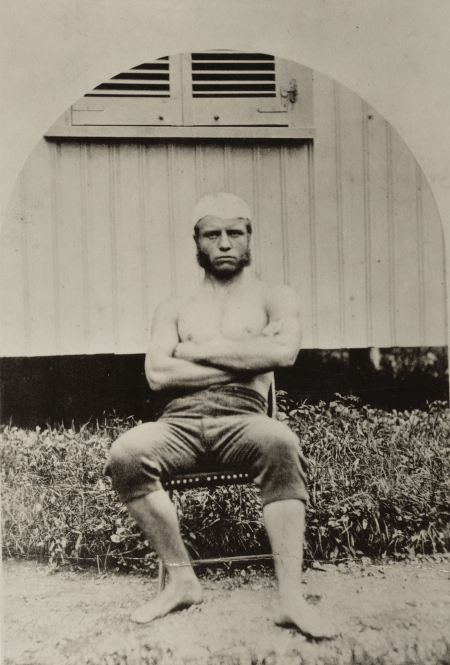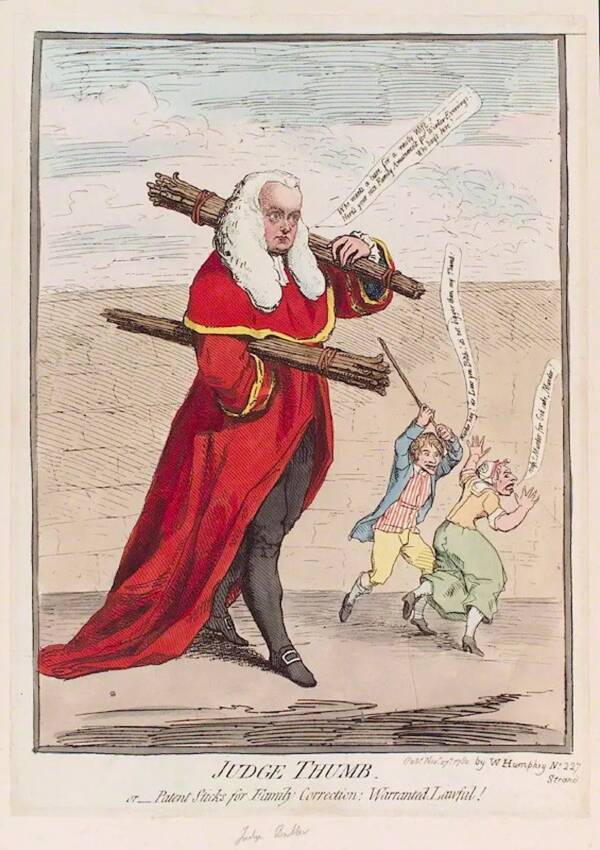Hauntingly beautiful footage of some of the first atomic tests - thread
1. Castle Bravo, 1954
1. Castle Bravo, 1954
Apple-2, 1955
Wahoo, 1958
USAF B-57 Canberra monitors a nuclear test during Operation Hardtack in 1958
Upshot–Knothole Grable was a nuclear weapons test conducted by the United States in 1953 in Nevada. The test remains the only nuclear artillery shell ever actually fired in the U.S. nuclear weapons test program.
Hardtack Umbrella, 1958
Russia's Tsar Bomba is the most powerful nuclear weapon ever tested.
The Fizeau test of Operation Plumbbob done at the Nevada Testing Center in 1957. Fizeau was an 11 kiloton test
Bighorn, 1962
Redwing Tewa, 1956
• • •
Missing some Tweet in this thread? You can try to
force a refresh



















